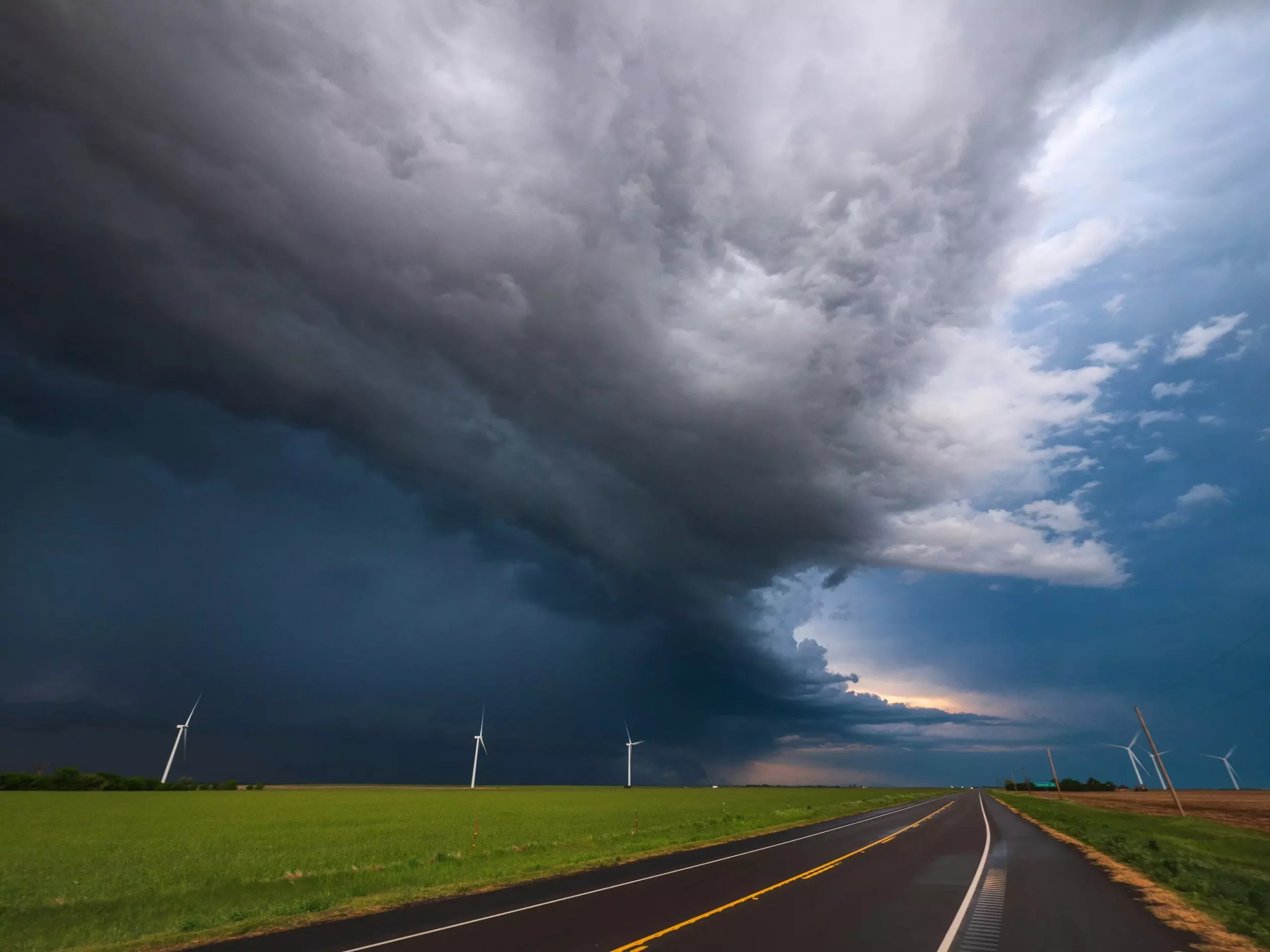In recent years, the advancement of scientific methods in meteorology has taken a significant leap forward, particularly in the realm of severe weather forecasting. A groundbreaking study suggests that cosmic rays, specifically muons, could transform how scientists track and analyze violent tornadoes and other severe weather phenomena. Traditional techniques have relied heavily on drone and balloon measurements, which pose inherent risks as they necessitate positioning equipment dangerously close to tempestuous storms. This new frontier combines local meteorological data with sophisticated astrophysical simulations, thereby unveiling a safer, innovative method of studying supercell thunderstorms responsible for tornado genesis.
The Mechanics of Muons in Weather Observation
Muons, elementary particles that are part of cosmic rays and heavier than electrons, travel through the atmosphere with incredible velocity, nearly at the speed of light. Their interaction with atmospheric conditions presents an intriguing opportunity for researchers. As William Luszczak, the study’s lead author and a fellow at the Center for Cosmology and AstroParticle Physics at The Ohio State University, notes, these particles are sensitive to the environmental properties they traverse. This unique characteristic allows them to serve as a proxy for understanding atmospheric pressure variations within severe weather systems. As a storm alters the path and energy of muons, researchers can gather valuable data that translates into enhanced weather models.
An In-Depth Study of Supercell Storms
Utilizing advanced three-dimensional cloud models, Luszczak and his team investigated how supercell thunderstorms impact muon behavior. By applying atmospheric observations from a specific event in El Reno, Oklahoma, back in 2011, they measured changes in air pressure surrounding the simulated storm. Their analysis confirmed that muons are indeed influenced by tornado-associated pressure fields, although the research indicates that further exploration is essential for fully understanding this complex relationship.
This pioneering study is critical, as it opens avenues for a more efficient data collection process that enhances our understanding of tornado dynamics and improves forecasting accuracy. More precise atmospheric readings could revolutionize how meteorologists issue severe weather warnings, translating to better public preparedness during critical periods.
The Potential of Cosmic Ray Detection
While conventional cosmic ray projects like the Pierre Auger Observatory have historically been situated in far-flung locations, Luszczak’s research brings the focus to smaller muon detectors, potentially positioned strategically across Tornado Alley in the United States. With a diameter of approximately 50 meters (the size of five buses), these portable devices could effectively complement existing meteorological systems without the dangerous risks posed by traditional measurement methods. However, the device’s size can affect the accuracy of the readings—a tradeoff that researchers will need to navigate.
Despite the potential drawbacks of a smaller detector, its adaptability means that researchers can monitor different storm systems without endangering personnel. The key is ensuring that these detectors are situated effectively to maximize the likelihood of capturing muon data during severe weather events, which are often fleeting.
Advancing Weather Modelling Techniques
The implications of this research are significant. By leveraging cosmic rays for atmospheric measurements, scientists could potentially enhance the accuracy of weather models currently relied upon for issuing severe weather alerts. Enhanced understanding of a storm’s pressure variations can provide crucial insights, leading to better predictions and more timely warnings. As Luszczak eloquently puts it, “By having better measurements of the atmosphere surrounding a tornado, our modeling improves, which then improves the accuracy of our warnings.” This cascading effect transforms the landscape of severe weather monitoring and can save lives during catastrophic events.
In a world increasingly influenced by climate change, the urgency for advancing weather prediction technology has never been more critical. By integrating muon technology into meteorological studies, researchers may soon uncover new methodologies that could lead to more resilient communities capable of withstanding the wrath of nature’s most violent forms.
Ultimately, the combination of astrophysics and atmospheric science not only holds promise for understanding tornado dynamics but also paves the way for innovative solutions that can revolutionize severe weather forecasting. The future of storm tracking may lie in the subatomic world of cosmic particles, marking a thrilling intersection of disciplines that could reshape our engagement with and response to the natural world.


Leave a Reply